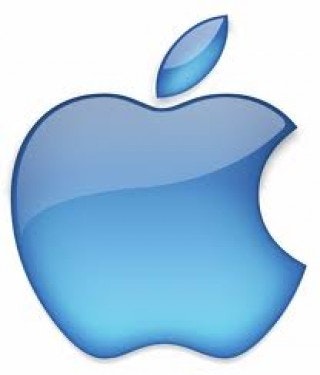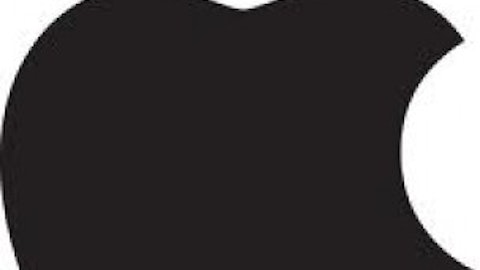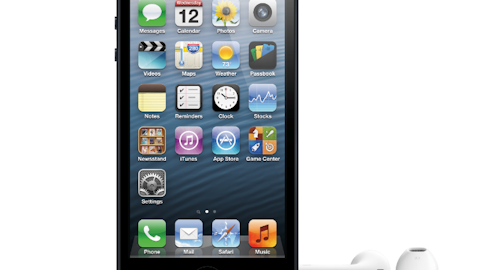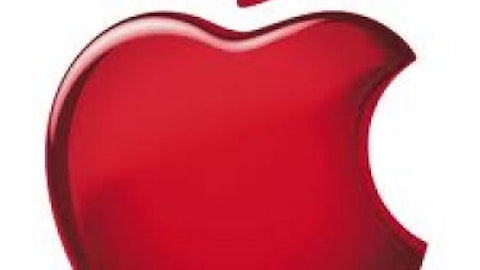When Apple Inc. (NASDAQ:AAPL) reported its Q4FY12 earnings in October, management projected that margins would drop significantly in Q1FY13 (the period ending in late December) to 36%. In the same quarter a year ago, gross margins were substantially higher at 44.7%.
Evaluating Apple’s likely gross margin profile is very difficult because the company consistently lowballs its estimates for revenue, gross margin, and profit. Analysts at Deutsche Bank have pointed out that Apple Inc. (NASDAQ:AAPL)’s gross margin forecasts have historically been 200-400 basis points below the actual figures. This implies gross margin for Q1 will be 38%-40%. According to one analyst, the current Wall Street consensus falls near the bottom of this range at 38.3%.
By contrast, I believe that strong sales of the high-margin iPhone will result in margins near the top of the range at 40%, with some upside potential beyond that.
Improving yields
One reason for optimism is that low manufacturing yields, which plagued initial production of the iPhone 5, appear to have been resolved relatively early in Q1. Management’s justification for the low gross margin target was that Apple Inc. (NASDAQ:AAPL)was going through the heaviest new-product-launch cycle in its history. Low initial yields and other start-up costs were therefore expected to create a major gross margin headwind. However, it seems quite likely that Tim Cook was being especially conservative with his forecast this quarter, in light of the higher uncertainty.
Earlier this week, Apple shares were driven down by reports from Nikkei (repeated in the Wall Street Journal and elsewhere) that Apple Inc. (NASDAQ:AAPL) had slashed its March-quarter orders from various iPhone 5 suppliers. However, this apparent bad news is also consistent with a second interpretation: Apple cut orders because of better than expected yields during Q1.
This interpretation is supported by other data regarding component order cuts. In December, Citi analyst Glen Yeung (who is no Apple bull) wrote, “Supply of iPhone5 has improved. Our checks suggest Apple Inc. (NASDAQ:AAPL) has seen a 45-50% increase in monthly iPhone5 production output October to December. While some of this increase was anticipated, our discussions with various points in the supply chain indicate yield improved faster-than-expected.”
A faster-than-expected increase in yields would drive down costs and points toward better gross margins than Apple Inc. (NASDAQ:AAPL)initially projected. It also points towards higher production and thus higher iPhone revenue.
Improving mix
The current fall refresh cycle for the iPhone has led to very high iPhone sales in fiscal Q1, and relatively high sales in Q2, followed by more moderate sales through the rest of the year. Apple’s iPhone and related revenue of $24.4 billion in Q1FY12 accounted for 52.7% of the company’s total revenue during the quarter. I expect the iPhone’s share of total Apple Inc. (NASDAQ:AAPL) revenue to grow year-over-year by approximately 500 basis points (to 57%-58%).
The iPod and Mac lines (approxmiately 20% of revenue in Q1FY12) are being cannibalized by the iPhone and iPad. As a result, these two product lines combined will see revenue slightly lower this year, while the iPhone and iPad continue to show strong revenue growth. The iPad should hold at roughly 20% of Apple’s revenue, with the iPhone line taking share from Mac and iPod. This “mix shift” is significant because the iPhone has vastly better gross margins than the Mac and iPod lines, as can be seen in the chart below (courtesy of Asymco):





